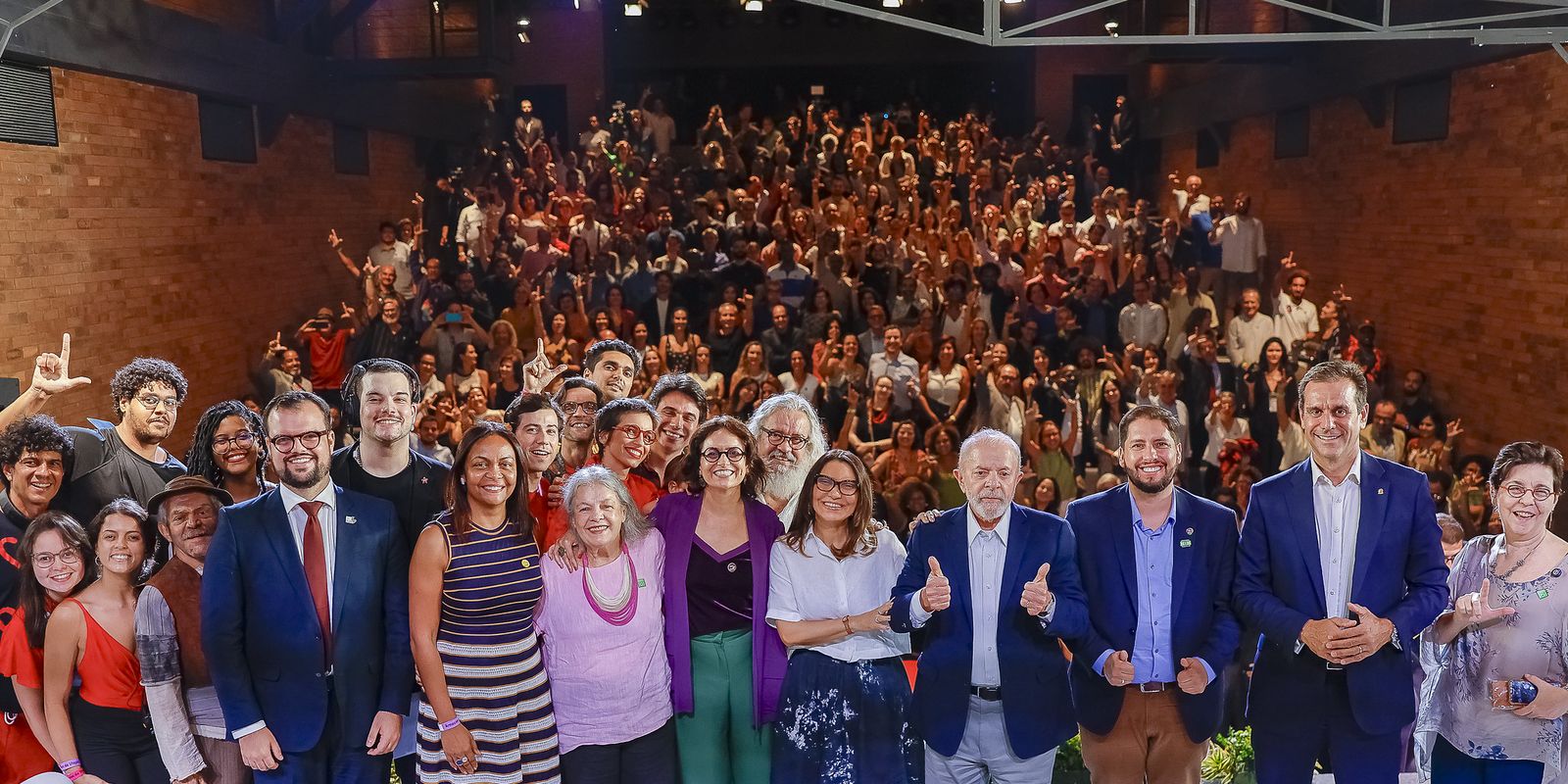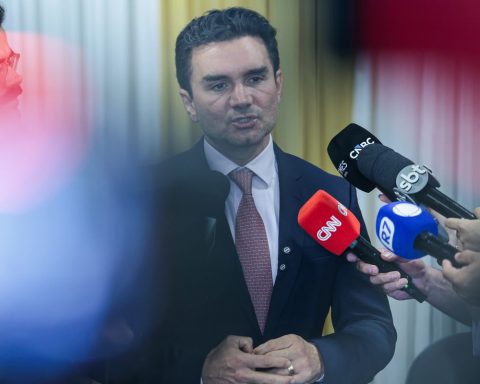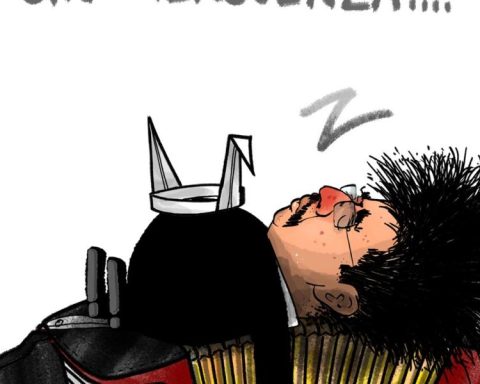Reopened by President Luiz Inácio Lula da Silva in a ceremony on Thursday night (12), Armazém da Utopia begins a new phase in which it seeks to strengthen artistic collectives for continued work in Brazil and also in other countries around the world. According to the federal government, the space located in the port area of Rio de Janeiro becomes the largest cultural facility in the city, capable of multiple functions, based on a renovation based on a pioneering project for the artistic segment.
“Our warehouse will be an open port for language research. A place where other collectives can anchor and establish contacts and communication. And, above all, a warehouse of utopia: a place for building citizenship where men and women can regain their breath and establish new bonds,” said actress Tuca Moraes and director Luiz Fernando Lobo, members of Companhia Ensaio Aberto, which manages the space.
In his speech, Lula highlighted that the reopening of the cultural facility is an achievement of democracy. “It is the only system that allows us to see culture as an investment and not as an expense,” said the president, adding that “often [a cultura] contradicts the dominant thinking of society.”
Lula defended projects that democratize access to culture and cited the initiative to bring community libraries to every city in the country, through the Minha Casa Minha Vida housing program.
The origins of Armazém da Utopia date back to 2010, when it was occupied by Companhia Ensaio Aberto, a theater group founded in 1992 that has won awards and has performed abroad. They began to operate in warehouse 6 of the Rio de Janeiro Port Pier and in part of annex 5/6, structures that were idle and that had previously served as silos for grains destined for export. Over the past 14 years, the space has become one of the main cultural facilities in the city’s port region, allowing the articulation of artistic collectives and hosting a multitude of events such as theater plays and film, music and design festivals.
In 2019, the administrators of the space were threatened with eviction. At the time, the operation of warehouse 6, which was the responsibility of the city government, was formally granted to Companhia Ensaio Aberto. However, annex 5/6 belonged to the Union, represented by Companhia Docas do Rio de Janeiro, an autarchy linked to the Union.
During President Michel Temer’s administration, there was a request for reinstatement of possession. Companhia Ensaio Aberto reported that the move involved commercial interests, since there were ongoing negotiations between Companhia Docas do Rio de Janeiro and Pier Mauá, the concessionaire of other warehouses in the pier area. Amid the dispute, the City Council decided in 2022 to list the entire structure used by Armazém da Utopia. It was decided that the space could only be used for cultural and social activities.
At the beginning of President Luiz Inácio Lula da Silva’s government, an agreement was reached between the federal government, the city government and Companhia Ensaio Aberto to formalize the concession of the entire structure occupied by Armazém da Utopia. The closure for construction work was announced in the first half of last year. The proposal was to restore the main warehouse and expand the annex structure.
In its new phase, which is set up as a modern multipurpose space, Armazém da Utopia now has some new features, including a café and restaurant with views of Guanabara Bay. From there, it is possible to watch the sunset against a backdrop of the Rio-Niterói Bridge and the Museum of Tomorrow. The project also included restoration and conservation interventions and the acquisition of furniture and stage equipment, in addition to the treatment and digitalization of the collection.
After 15 months of construction, Armazém da Utopia returned to hosting activities last month. Last Saturday (7), the inauguration of Teatro Vianinha, which is part of the annex structure, took place, with the play “O Banquete”, whose text by Mário de Andrade was left unfinished due to his death in 1945 and under the direction of Luiz Fernando Lobo.
The works cost a total of R$36 million, including a contribution of R$12 million from the National Bank for Economic and Social Development (BNDES). The remainder involved private investments raised by the company under the Rouanet Law.
Wonderful Port
The warehouse occupied by Armazém da Utopia is the only one of the 14 warehouses on the docks that maintains its original architecture, with a steel structure and exposed brick façade. According to the National Institute of Historic and Artistic Heritage (Iphan), the buildings help preserve the memory of the port region, which has been undergoing a broad revitalization movement in the port region of the capital of Rio de Janeiro.
This process was driven by Municipal Law 101/2009. Through it, a joint urban operation was established, which foresees interventions in conjunction with the private sector and local users aiming at structural transformations, social improvements, environmental appreciation and recovery of the region’s history. The initiative was called the Porto Maravilha Project.
Since then, there have been a number of projects, some of them large-scale, such as the demolition of the Perimetral overpass in 2013 and the renovation of Praça Mauá, which received the Museu do Amanhã in 2015. Later, AquaRio was opened in 2016 and the Yup Star Ferris wheel in 2019. Housing occupation is one of the central objectives of the project. Residential buildings have also been built in the region in recent years. Among other projects under discussion is the creation of floating squares in Guanabara Bay and the construction of a stadium by Flamengo.
During excavations for the Porto Maravilha works, they were discovered remains of Valongo Pier. Throughout the 18th and 19th centuries, it was the main port for disembarking enslaved Africans in the Americas. Considered an archaeological site, the space underwent renovations to become a historical monument open to the public and, in 2017, it was recognized as a world cultural heritage site by the United Nations Educational, Scientific and Cultural Organization (UNESCO).
















